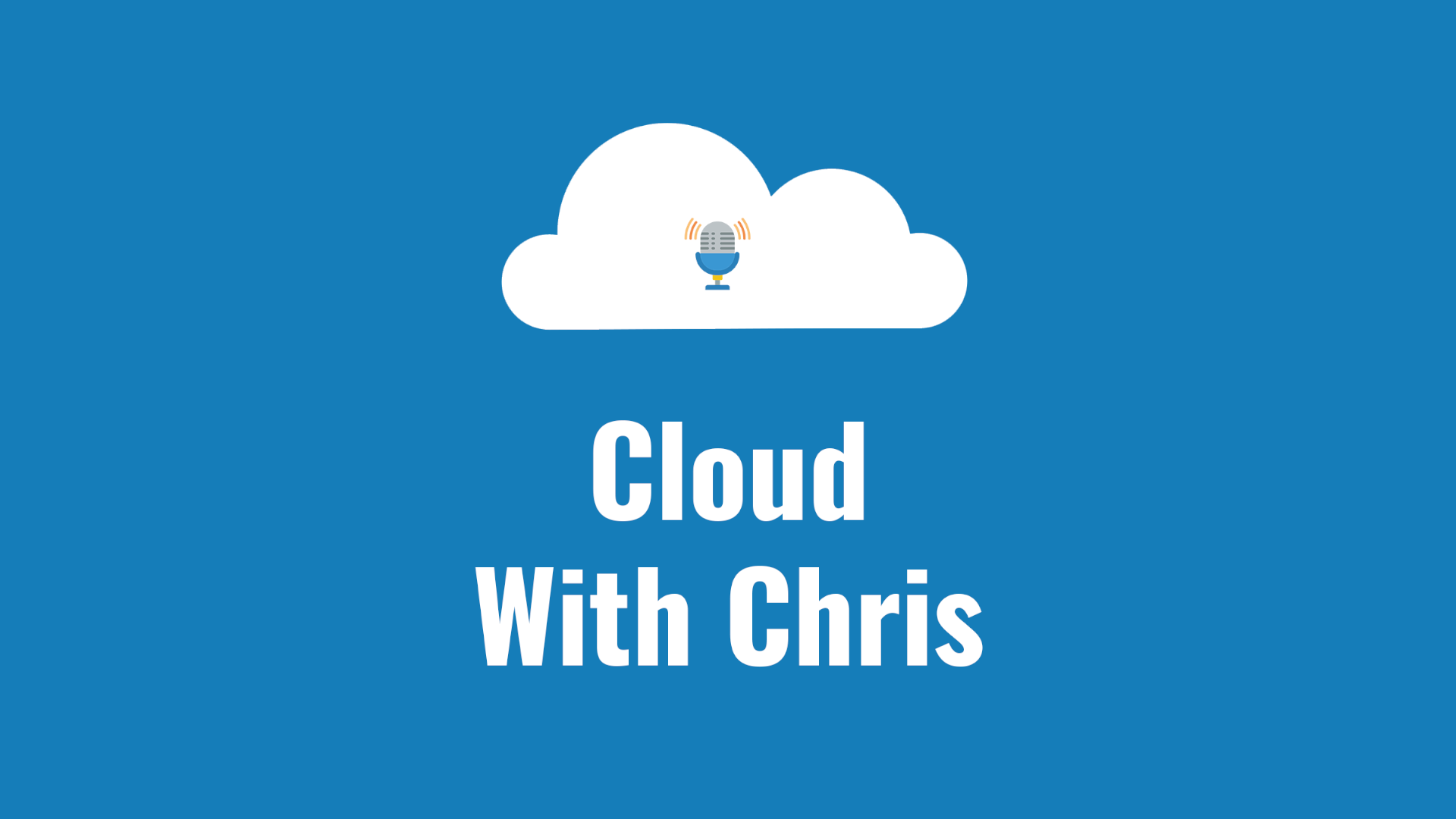Coming up
During the 2020 Festive Break, I had a lot of time on my hands. I took 4 weeks of my Annual Leave, which meant I had the majority of December to personal time. Personal time / time off is great, but I also wanted to push myself and catch up on some pieces that were on my personal learning or achievement list for some time. I started refreshing my knowledge around Rails (having developed in it some years ago, it’s progressed quite a bit!), NodeJS, GoLang and Rust. All interesting to learn, and I’m sure I’ll be continuing on my journey with these throughout 2021. But that’s not the point in this blog post. One of the activities that I kicked off was contributing into the Hugo Community. Read on to find out more.
Blog
In this video, Chris sets off his weekly technology vlog updates talking about some of the things he worked on over his December break including OSS Contributions. He also talks through some updates from the month of December across Azure, GitHub and Azure DevOps.
Episode
You may have noticed there are some posts preceding this one. I’ve had a few attempts at putting my blog together, but then dwindle out on my cadence… Well, given the recent success with my Cloud with Chris podcast, I’m beginning to consolidate… Starting with my blog! Here’s an update on what you have to look forward to!
Blog
Do you have an application with some specific requirements around scalability, and continuity of service? What happens if your service is hit by heavy load? Could performance/reliability issues cause an impact to your solution? This is where both the queue-based load levelling and competing consumers patterns shine. Tune in and listen to Chris speak with Will Eastbury as they discuss both of these patterns. This is another episode in the series of Architecting for the Cloud, one pattern at a time.
Episode
You’ve heard Peter and Chris talk about The Façade pattern previously. These patterns build upon the Façade concept. The façade layer could be used to translate requests between various subsystems, aggregate multiple backend requests into a single response and offload specialised functionality to a gateway proxy. Tune in and listen to Peter Piper join Chris Reddington, as they discuss The Anti-corruption layer, Gateway Aggregation and Gateway Routing patterns! This is another episode in the series of Architecting for the Cloud, one pattern at a time.
Episode
The event sourcing pattern is a well-known pattern and has been around for some time. The idea is that you use an append-only store to record the full series of actions taken on the data. This combines well with the materialized view pattern, where a pre-populated view is generated over one (or more) data stores when the data isn’t in an ideal format for querying. These two patterns are common patterns used in an event-driven architecture. Join Chris and Steph as they talk about both of these patterns and how they may be able to help. This is another episode in the series of Architecting for the Cloud, one pattern at a time.
Episode
You may have heard of patterns like the retry pattern, circuit breaker, CQRS or bulkhead. But have you heard about the Geode pattern? Join Chris and Will Eastbury in this session as they talk through how this pattern can help improve latency and increase availability for your application.
Episode
Have you tried Flight Simulator 2020 and been impressed by how well it maps to the real world? Joined other users in the simulator on a journey and encountered other ’live’ aircrafts, or changing weather conditions? This is powered by the Cloud! Join Chris and Cam as they embark on a journey of discovery, and a quick lap around the skies…
Episode
In this episode, we’ll be taking a look at GitHub Issues and GitHub Discussions which recently came out at GitHub Universe. Interested? Then stick around as we find out more about both of these topics!
Episode
In this episode, we’re going to be taking a slight detour away from GitHub actions and focus on some of the announcements from GitHub universe last week. We’re going to explore them both from the announcements, and also take a look at some of those features that have already been released. Stay tuned!
Episode











